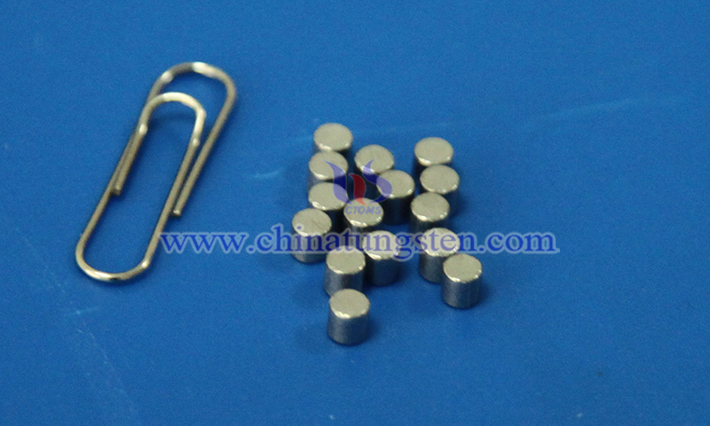Barium Tungsten Electrodes for Laser Mercury-Pumped Light Sources
- Details
- Category: Tungsten Information
- Published on Sunday, 27 April 2025 18:46
Barium tungsten electrodes are one of the core components in laser mercury-pumped light sources, whose performance directly determines the efficiency of mercury vapor discharge and the stability of the light source. Compared to traditional electrodes containing radioactive elements (e.g., thorium-tungsten electrodes), barium tungsten electrodes stand out for their environmental friendliness, high electron emission efficiency, and long service life, making them the preferred material in high-power gas discharge light sources.

I. Material Characteristics of Barium Tungsten Electrodes
High-Temperature Resistance and Stability: The tungsten matrix has an extremely high melting point (3422°C), enabling structural stability in the high-temperature discharge environment of mercury lamps. The addition of barium significantly enhances the electrode’s electron emission capability by reducing the work function (approximately 2.5 eV).
Sputtering Resistance and Corrosion Resistance: The high hardness of tungsten imparts excellent resistance to ion sputtering, while the incorporation of barium mitigates chemical erosion by mercury vapor.
Environmental Compatibility: Barium tungsten electrodes contain no radioactive materials, complying with modern industrial requirements for environmental protection and safety.

II. Application Scenarios and Advantages in Laser Mercury-Pumped Light Sources
Barium tungsten electrodes primarily serve the mercury vapor discharge excitation process in laser mercury-pumped light sources. Their key application scenarios and advantages include:
(1) High-Power Continuous Pumping Scenarios
In lasers requiring sustained high-energy output (e.g., industrial cutting or medical devices), mercury-pumped light sources must maintain high-intensity discharge over extended periods. The high electron emission efficiency of barium tungsten electrodes stabilizes the light output of mercury lamps, preventing energy fluctuations caused by electrode degradation. Their high-temperature resistance ensures no thermal deformation during continuous operation, thereby extending the light source’s lifespan.
(2) Pulsed High-Current Density Scenarios
Certain lasers (e.g., pulsed ultraviolet lasers) demand mercury lamps to release high-current density energy within short durations. The sputtering resistance of barium tungsten electrodes effectively withstands impacts from transient high-energy ions, minimizing surface damage. Simultaneously, their low work function ensures rapid electron emission response, enhancing instantaneous efficiency during pulsed discharges.
(3) Specific Spectral Demand Scenarios
Mercury vapor discharge generates multi-spectral line radiation from ultraviolet to visible light. By optimizing electron emission capabilities, barium tungsten electrodes amplify the radiation intensity of specific bands (e.g., 365 nm ultraviolet light), meeting the requirements of neodymium-doped crystals (Nd:YAG) or dye lasers for targeted pump wavelengths.
(4) Harsh Environment Adaptation Scenarios
In high-temperature, high-pressure, or enclosed systems (e.g., research-grade laser setups), the corrosion resistance and chemical stability of barium tungsten electrodes allow them to adapt to the complex environment of mercury vapor and residual gases, reducing the risk of system failures caused by electrode degradation.
- Chinatungsten Online: www.tungsten.com.cn
- CTIA GROUP LTD: en.ctia.group
- Tungsten News & Price: www.ctia.com.cn
- Molybdenum News & Price: news.molybdenum.com.cn
- Tel.: 86 592 5129696; Email: sales@chinatungsten.com



 sales@chinatungsten.com
sales@chinatungsten.com